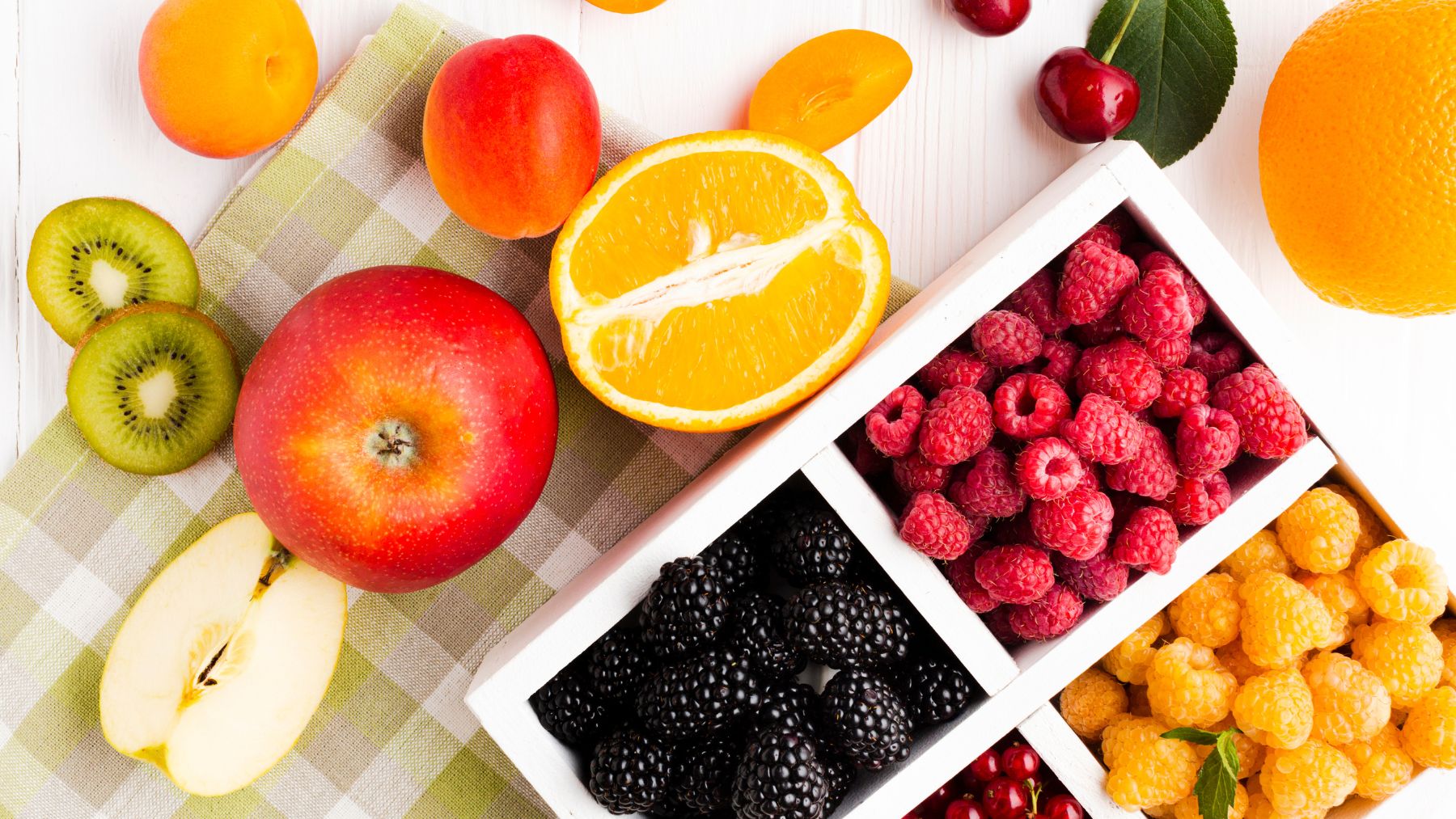More and more Americans are enjoying this popular fruit, now one of the most commonly eaten in the US. However, recent data from the Environmental Working Group (EWG) reveals that conventionally grown varieties contain some of the highest pesticide levels among fresh produce. These findings raise important questions about potential health risks, particularly for children and pregnant women.
While fruits are a key part of a healthy diet, pesticide residues can be a hidden concern. Recent testing reveals not only how common these chemicals are but also how multiple residues often appear on a single sample. Understanding which pesticides are present, and how frequently, is essential for making informed choices without skipping out on the benefits of fruits and vegetables.
What fruit is topping the pesticide list, and what does that mean for you?
For the second consecutive year, blueberries have earned a spot on the EWG’s 2024 Dirty Dozen™, ranking 11th among conventionally grown fruits and vegetables with the highest pesticide residues. Americans now consume three times as many blueberries as they did in the early 2000s, but the amount of pesticide contamination has also increased over time.
Tests conducted by the USDA between 2020 and 2022 show that pesticides were found on 90% of conventional blueberry samples, compared to 81% in 2014. Over 80% of these samples contained two or more different pesticide residues, and some individual samples carried up to 17 distinct chemicals, a rise from 13 in earlier tests.
Among the most concerning chemicals detected are phosmet and malathion, both organophosphate insecticides. These substances are toxic to the human nervous system, with heightened risks for children’s developing brains. Phosmet was present on more than 12% of samples, while malathion appeared on 10%. Although these pesticides are banned or restricted in the European Union due to health concerns, the U.S. Environmental Protection Agency still allows their use on crops.
How to properly clean and store your blueberries
Blueberries may look clean straight out of the box, but even if they seem ready to eat, a simple rinse often isn’t enough. They can carry bacteria, pesticide residues, mold spores, and tiny bugs that are invisible to the eye.
Sorting through the berries first is key: remove any that are shriveled, mushy, moldy, or still attached to stems and leaves. Damaged berries can accelerate spoilage, so taking a few minutes to pick them out helps keep the rest fresher for longer.
For washing, start with a quick 15–30 second rinse under cold water, gently moving the berries in a colander. This removes dirt and some surface residue.
If you’re concerned about pesticides, a vinegar or baking soda soak is more effective. For a vinegar rinse, mix one part white vinegar with three parts water, soak for about a minute, and rinse thoroughly. For baking soda, use half a teaspoon per cup of water, soak briefly, then rinse well. Avoid soaps or commercial produce washes—they can leave residue without cleaning any better than these simple solutions.
Once clean, drying is essential. Pat the berries gently with a paper towel or a clean kitchen towel, and let them air dry completely before storing. Line your storage container with a paper towel to absorb extra moisture and keep it airtight. Unwashed berries can also be stored in the fridge, and they usually last up to ten days.
For larger batches, freezing is a smart option: spread rinsed, dried berries on a tray, freeze until solid, then transfer to a bag or container. Following these steps ensures fresher, longer-lasting blueberries with maximum flavor and minimal spoilage.
